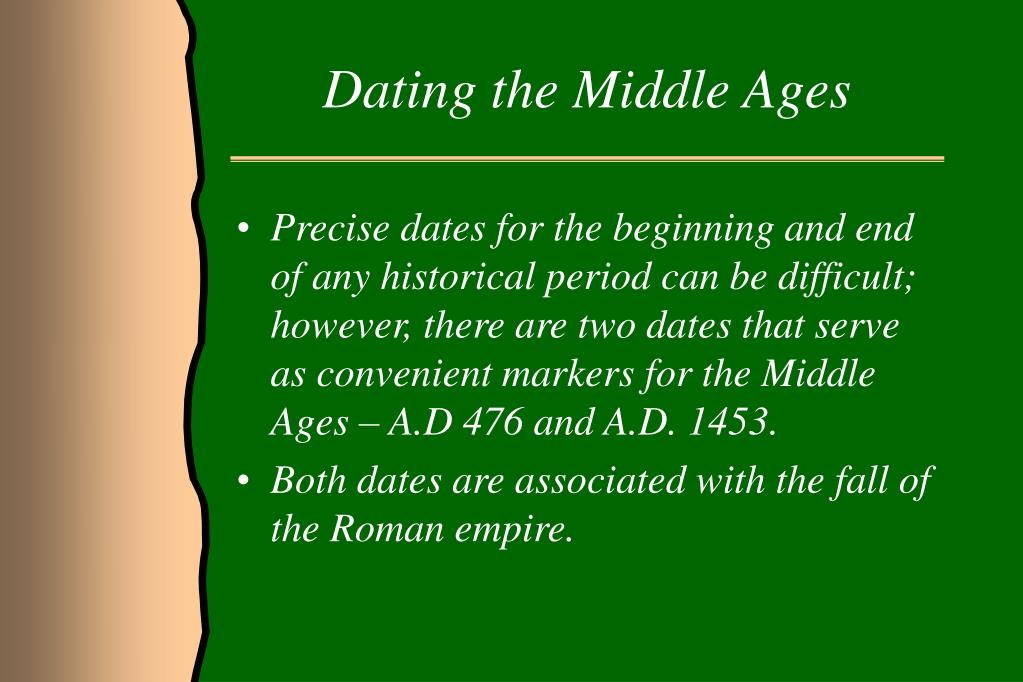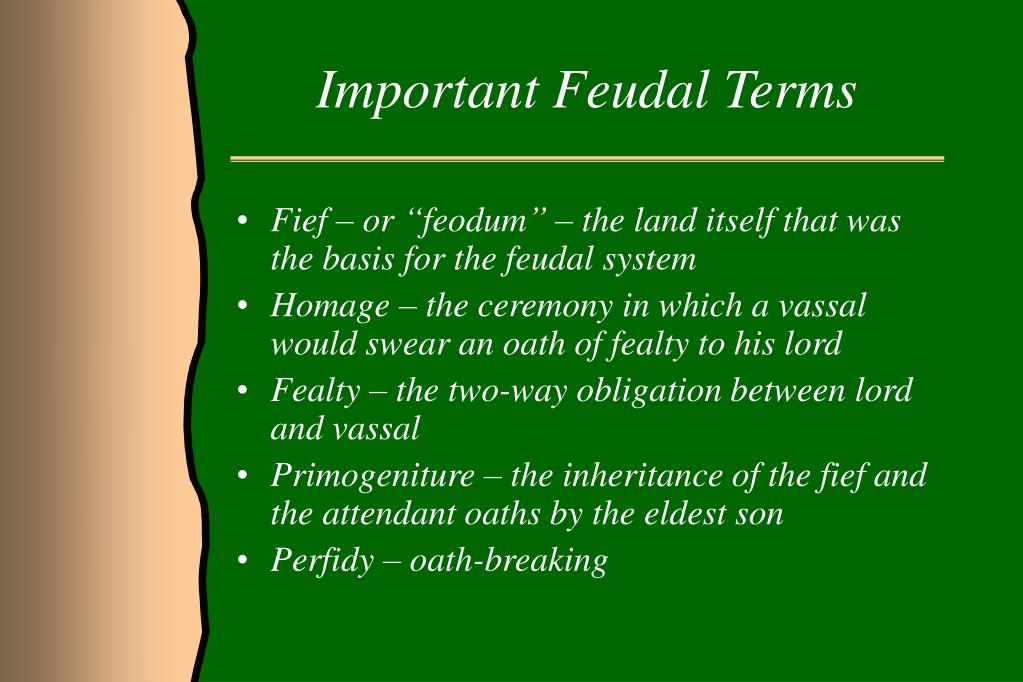

- #NEGATIVES OF FEUDALISM IN THE MIDDLE AGES CODE#
- #NEGATIVES OF FEUDALISM IN THE MIDDLE AGES PROFESSIONAL#
In this group, the war chief owed his followers food for sustenance and spoils from the battles the group fought together.

For example, the Germanic peoples had developed a system known as the comitatus, or war band, by the time of the Roman Empire. These customs included rules about duties and obligations: who owed what to whom, and when they owed it. Developing OrderĪs a response to the void of centralized authority, local areas began to develop or renew customs to help people live together in some kind of order. This period is sometimes known as the Dark Ages, or, more properly, the Early Middle Ages. Invasions from the north, south, and east posed further threats to stability. Though the Church, based in Rome and led by the Pope, tried to fill the void left by the empire and provide central authority, protection, and law to the different peoples, it often faced internal strife and external obstacles. By 771, Charlemagne became ruler of a less vast but nonetheless impressive empire that stretched through France, Germany, and Italy, with the blessing and support of the Pope, but bitter civil wars after his death plunged Europe into disorder once again. and the fall of Rome to the Visigoths in 410, however, spelled the beginning of the end for what had once been a unified West the great Roman Empire and the peace it provided was no more. The death of Roman Emperor Theodosius I in 395 A.D.
#NEGATIVES OF FEUDALISM IN THE MIDDLE AGES PROFESSIONAL#
Roman law became a universal standard, applicable even to commerce with non–Romans, and professional law schools ensured its uniformity and longevity. Carefully constructed public works such as roads, bridges, and aqueducts united the lands physically, while personal allegiance and sometimes worship of the emperor united the people psychologically. For 500 years, the empire provided stability and peace across a vast territory spanning three continents. The rise of Augustus as the first Roman emperor had marked the beginning of the Roman Empire in 27 B.C. The feudal system emerged out of a time of chaos in Europe. Local, decentralized, informal decision–making among individuals in the absence of powerful authorities led to the evolution of feudalism. In fact, feudalism grew because empires fell and kings were not strong. But the contemporary, Hollywood–inspired image of a strong king uniting a close–knit Camelot is not an accurate picture of feudalism.
#NEGATIVES OF FEUDALISM IN THE MIDDLE AGES CODE#
Medieval Arthurian legends sprang from the feudal tradition and its code of chivalry, and as fruits of the system, do reflect on the values of feudalism itself. Modern individuals often equate feudalism with the image of King Arthur and his Knights of the Round Table. Though not in practice today, feudalism and the legends it inspired continue to fascinate many people. Its informal and varied methods required a balance between superiors and dependents, rights and responsibilities. Feudalism relied on personal and/or family honor as well as self–interest to work. In all cases, a parallel code of values and aesthetics-chivalry in the West, bushido in the East-complemented and reinforced the system.

In both cases, feudalism grew out of practice and precedents. In some places it filled the void left by other political organizations in others, it represented the next stage in the evolution of government. This system, based on personal relationships, local administration, and defined hierarchies, touched several continents for more than 1,500 years. Major figures William the Conqueror Eleanor of Aquitaineįew political systems have shown the adaptiveness and longevity of feudalism. Who controls distribution of goods? Nobility

Who controls production of goods? Nobility What roles do the people have? Work for nobles' benefit How is government put into power? Birth feudal contract


 0 kommentar(er)
0 kommentar(er)
